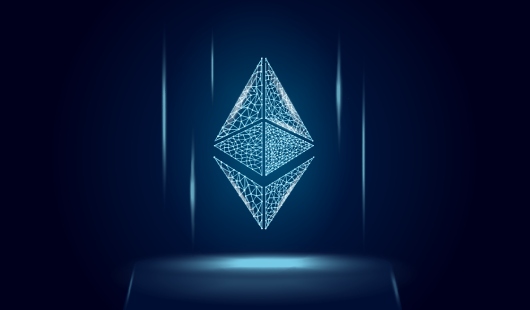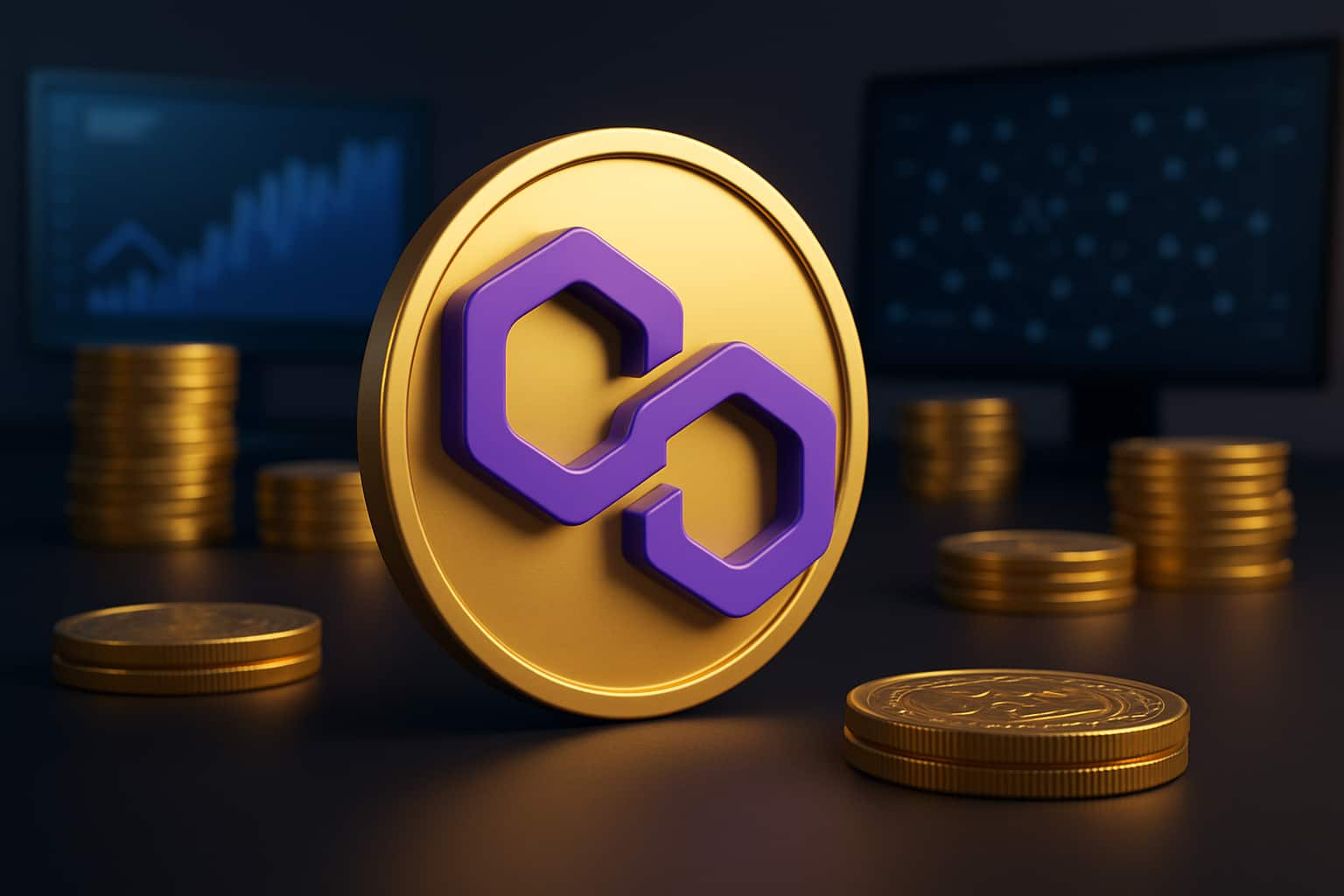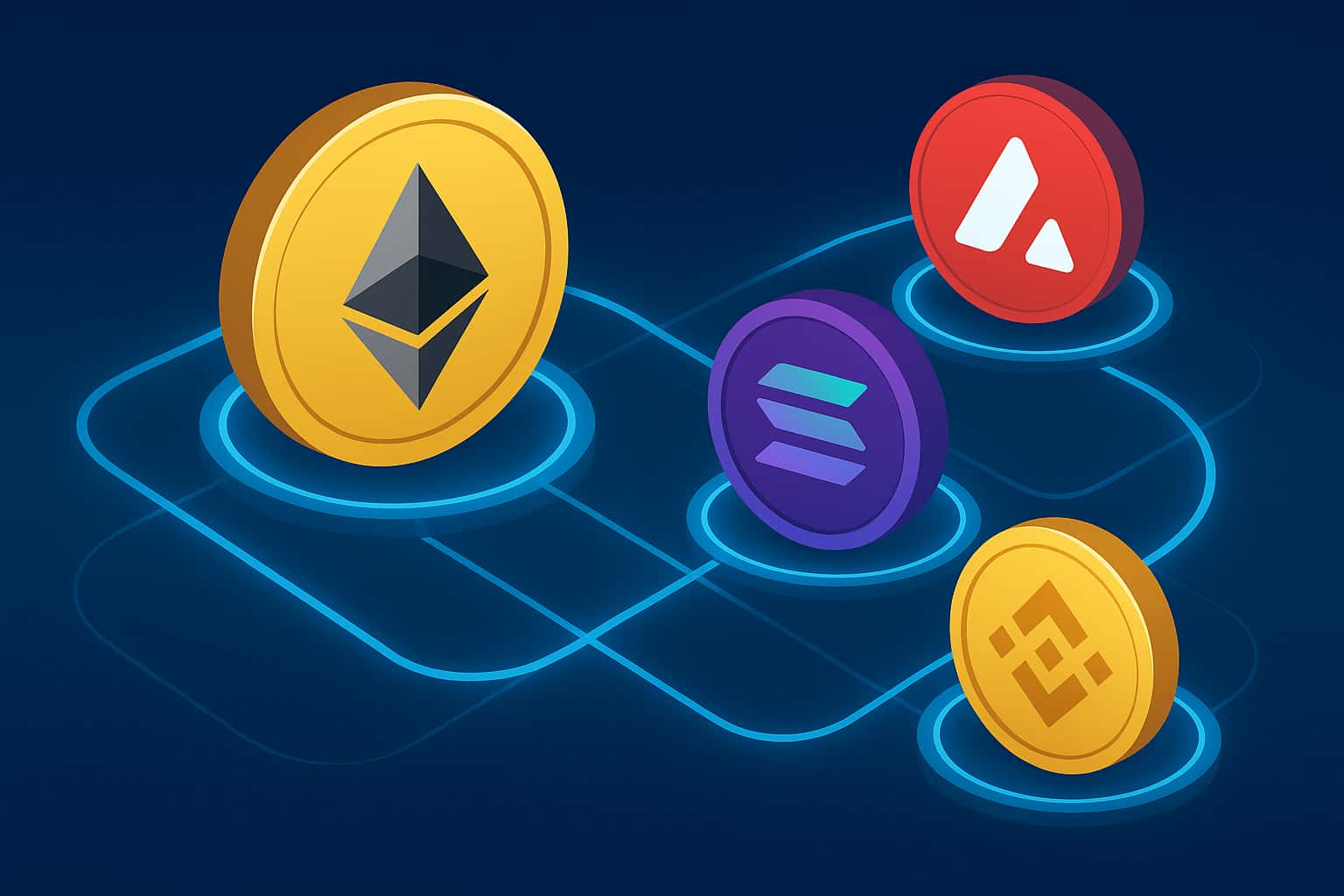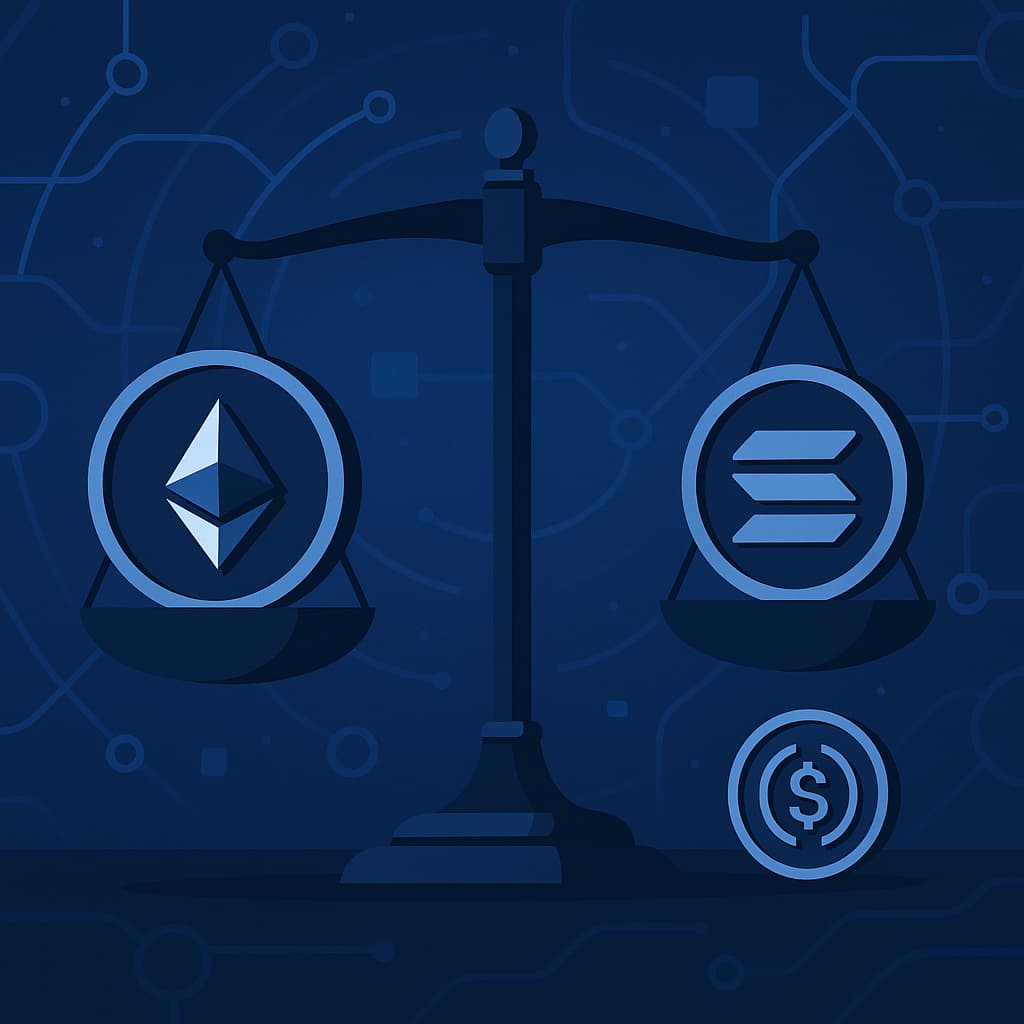-
Dencun addresses the consensus and execution levels of Ethereum in a single update by combining Deneb and Cancun, two distinct upgrades. In technical terms, a hard fork is what the Dencun update is. On March 13, 2024, at Ethereum epoch 269,568; the upgrade went live. The update increases Ethereum's scalability and drastically reduces the transaction fees of layer-2 solutions. Enhancing the consensus layer—which deals with how network users agree on the current state of the blockchain—is the goal of the Deneb upgrade. Conversely, Cancun enhances the management and processing of transactions at the execution layer. For more about Ethereum, visit our Ethereum blockchain development services.
The Need for the Upgrade
Ethereum developers have had to take corrective action due to the platform's rising gas costs. Gas rates on L2 solutions continued to be a barrier to their wider adoption, even while layer-2 solutions gave Ethereum a way to scale by handling transactions off the main chain. Proto-dank sharding, unveiled by Dencun, will help L2 networks like Optimism, Arbitrum, and Polygon, among others. Proto-dank sharding, the main component of Dencun, aims to drastically reduce the cost of layer-2 transactions, opening the door for enormous scalability gains on Ethereum. It's also crucial to remember that the Ethereum roadmap no longer includes shard chains. As a first step toward full danksharding, proto-danksharding allows layer-2 solutions on Ethereum to temporarily store large amounts of transaction data off-chain, such as in a storage locker. This lowers fees for L2 solution users by freeing up the main Ethereum network for crucial transactions. Also, Explore | Optimistic Rollups | L2 Scaling Solutions for Ethereum
What Is Proto-Danksharding?
The Ethereum Cancun upgrade focuses on proto-Danksharding, a stage that prepares users for full Danksharding. To get the Ethereum network ready for full Danksharding later on, Proto-Danksharding introduces a new transaction type that takes "data blobs." After a predetermined amount of time—typically one to three months—the data in blob data is automatically erased and rendered unavailable to the Ethereum Virtual Machine (EVM). This lowers the cost of data transmission for rollups, which lowers transaction costs for end users. This approach is anticipated to boost transaction throughput and drastically lower gas expenses, bringing the network one step closer to controlling the capacity of an international transaction network. Also, Check | Comprehending ZK Rollups | Layer 2 Scaling Solutions
Importance of the Dencun Ethereum update
Dencun opens the door to an Ethereum ecosystem that is more accessible and reasonably priced. It is significant for some reasons, including:
Lower Costs for Layer-2 Solutions
Dencun presented a layer-2 scaling method based on Ethereum that lowers transaction costs. Before sending transactions to the main Ethereum blockchain, these layer-2 networks package them together to save costs. Proto-danksharding, the main feature of Dencun that is suggested by EIP-4844, allows layer-2s to maintain certain transaction data off-chain, which reduces their costs.
Possibility of enhanced adoption and a competitive advantage
Because layer-2 solutions on Ethereum will have much-reduced transaction fees, users will find them more appealing. This could result in a wider adoption of Ethereum for a variety of applications, including decentralized finance (DeFi) and nonfungible tokens (NFTs). Furthermore, lower fees for layer-2 solutions show how Ethereum is always changing and keeps its competitiveness with other blockchains.
Improved experience for developers
Dencun streamlines transaction handling and consensus procedures. As a result, building and implementing decentralized apps (DApps) on Ethereum might be easier for developers. An easier development procedure could lead to more creative projects being developed on the Ethereum network. You may also like | Layer 0 Blockchain Development | The Foundation of the Future
How Developers and Users Benefit from the Ethereum Dencun Upgrade
The Ethereum ecosystem has advanced significantly with the Dencun update, helping users and developers alike. By reducing expenses for Ethereum-based layer-2 scaling solutions, proto-danksharding gives users a more economical experience—particularly when utilizing NFTs and DeFi services. It is now simpler and quicker to create and implement DApps on Ethereum thanks to Dencun's streamlining of consensus and transaction handling processes for developers. Apart from its immediate benefits, Dencun lays the groundwork for future advancements by presenting essential ideas required for full Danksharding (mentioned above), the best solution to Ethereum's scalability problems.
The Road Ahead to Full Danksharding
Ethereum has a phased plan for full danksharding, with Dencun serving as an important initial step. The upcoming benchmarks will involve expanding on the ideas presented by proto-danksharding. The upgrade to Petra, which combines Electra and Prague, is the next item on Ethereum's plan. Potential features include Verkle trees for effective data storage and building the groundwork for "The Verge," which intends to streamline block verification, though specifics are still being worked out. This emphasis on scalability opens the door for an Ethereum that is easier to use. Estimates for the amount of time it will take to reach full danksharding vary from a few years to a decade. However, Dencun's effective deployment demonstrates the Ethereum community's dedication to continued advancement. Similar to Dencun, each step forward provides improvements and clears the way for an Ethereum that is future-proof and scalable. For more about Ethereum development, connect with Ethereum blockchain developers.

Our Offices
INDIA
Emaar Digital Greens, Sector 61,
Gurugram, Haryana
122011.
Welldone Tech Park,
Sector 48, Sohna road,
Gurugram, Haryana
122018.















